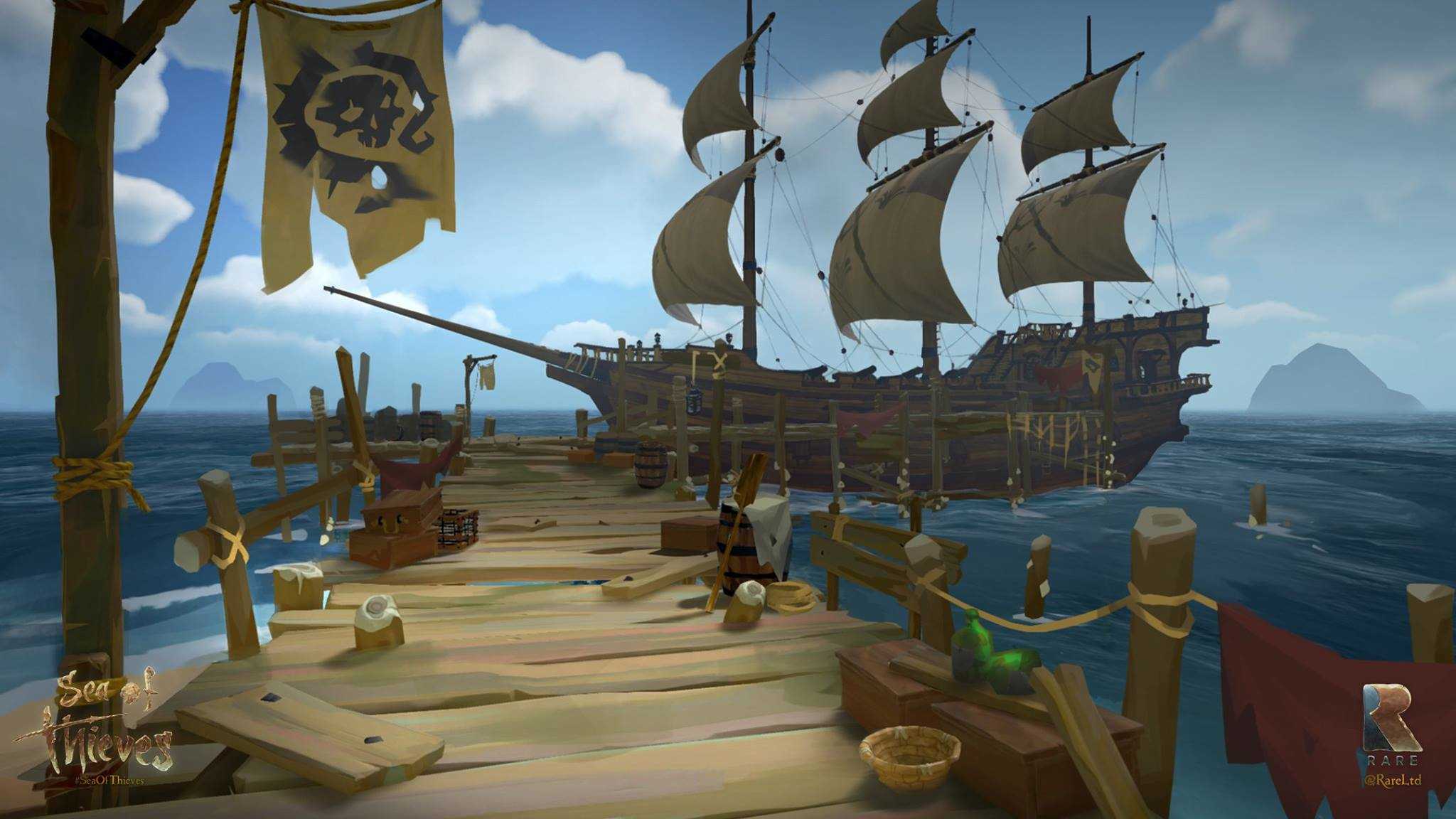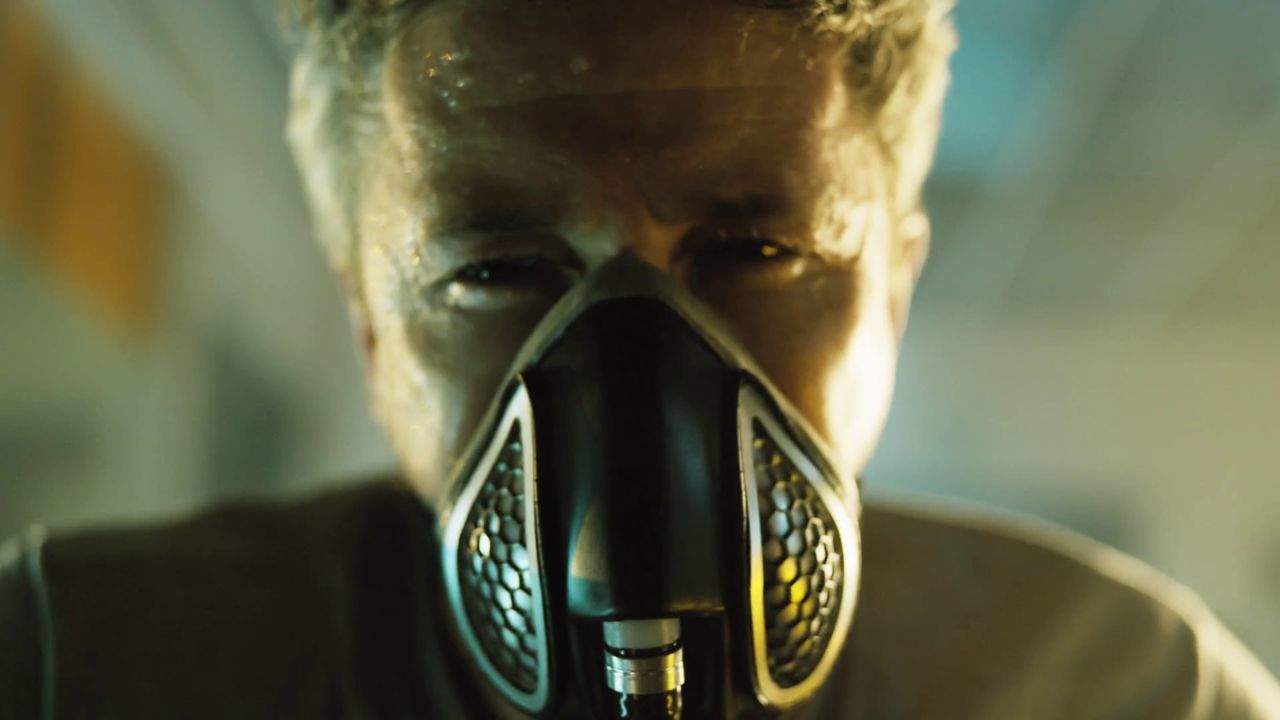Control is a fascinating video game. In it, you take on the role of Jesse Faden, the new director of the Federal Bureau of Control (FBC). The FBC is a federal agency that studies and contains supernatural and/or paranatural objects. They also police and investigate paranatural events. By that blurb alone, you know the game has a whole lot of science fiction and paranormal intrigue. Do you know what other game Remedy Entertainment made with a similar – albeit civilian-focused – premise? Alan Wake! Thanks to clever writing from the developers and fans sleuthing through every detail of the game, we have reason to believe that Control is one part of a planned universe for all Remedy games. In fact, observing, gives credence to the notion that Control is the paranormal glue holding Remedy’s Shared Universe together.
In contrast to Control, Alan Wake follows the story of the titular character who is a best-selling author and unexpected badass. In the game, Alan must uncover the mystery behind his wife’s disappearance and the strange conundrum of Thomas Zane. He has to do this while combating a mysterious darkness that has befallen Bright Falls and infected many of the local townsfolk. To say that Alan Wake is an incredibly suspenseful title is an understatement. It was also quite innovative for its time, whereby Remedy married third-person action with an engaging narrative design and in-universe explanations – all of which serve to make everything fit into the lore, as well as leave players with an insatiable craving for more.
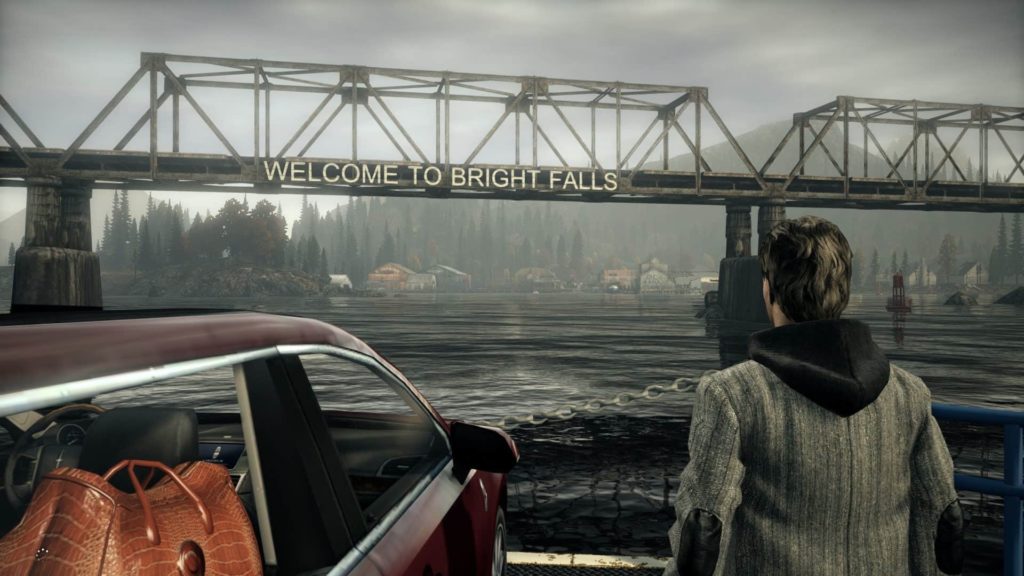
Over the years, Remedy has grown its portfolio with a plethora of well-researched and expertly crafted titles. Beyond Alan Wake, the company is most known for their Max Payne franchise, a third-person action title with noir elements. There was also the very interesting Quantum Break, which followed Jack Joyce and his ability to manipulate time. Unlike any of Remedy’s other franchises, Quantum Break was a cutting edge experiment with Microsoft; one that hoped to merge multiple mediums together. As such, the title interjects live-action television episodes in-between story breaks. The live-action sequences change depending on the choices you make in dialogue before and after key plot points, and follow multiple individuals as they try to get to the bottom of strange happenings surrounding Jack Joyce. In my opinion, the game is very much ahead of its time.
In terms of technology, Remedy has never backed away from a challenge. While very few have ever said as much, there is no denying the technological impact the company has had on the video game industry. Max Payne, for instance, ushered in an era of noir narrative-driven design and action set-pieces in video games, while Alan Wake used unprecedented shadow and light technologies. Quantum Break experimented with live-action interjections and showed the world what the studio was capable of without worrying about budgetary constraints. Each new title showcases the studios enhanced technologies and storytelling ability. However, what has interested most fans of their games is whether or not the different franchises might be linked in some way. As such, fans started to look for clues; and those looking hard enough have managed to find and piece together tiny little clues left by the developers.
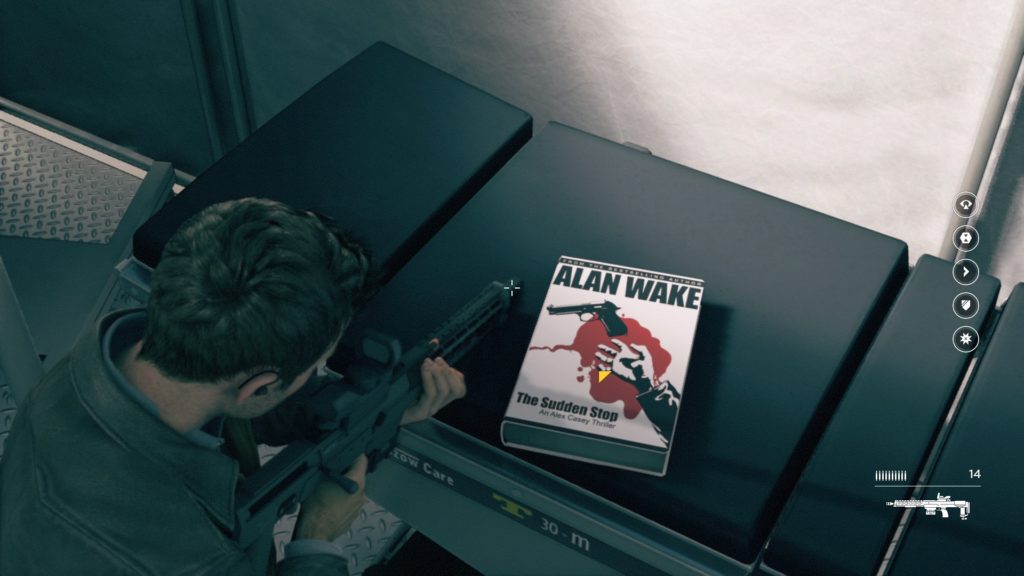
The idea of ‘shared universes’ in entertainment media is not new. However, Disney and Marvel have helped to exponentially popularise the concept over the last decade. The incredible way in which the studios have managed to use one universe to link films based on Iron Man, Captain America, and Thor, among others, is incredible and has proven to be a highly successful formula. For years, brands and publications have had difficulties linking multiple licenses together while keeping the lore and narrative in check. Disney and Marvel Studios managed to do this beautifully. The Marvel Cinematic Universe is an insanely detailed and well-thought-out collection of movies that link together without ever compromising on their own identities.
Similar to how Disney and Marvel inaugurated superhero after superhero into their shared universe, Remedy has slowly initialised their very own shared universe with each new title. Although unconfirmed for the longest time, with only glimpses here and there, it all finally came to a head when Control was released. Sam Lake, Remedy’s highly talented writer, has masterfully injected easter eggs and references for pretty much all of Remedy’s previous works in Control. He has done so in tasteful ways that not only hint toward a shared universe and lore, but also created concrete and infallible in-universe explanations tying everything together. Without a doubt shedding new light on Alan Wake in Control, among linking to other titles.
Despite the underpinnings of a shared universe being implied in most of the studio’s titles, the issue of intellectual property rights is making the reality of a shared universe challenging. For a start, Remedy does not own the rights to Quantum Break or Max Payne. As such, the studio is technically not allowed to use content from those games in any new titles. This has put the studio in an interesting position whereby it cannot outright link to past titles, but it can resort to incorporating easter eggs and references to previous titles in newer games. Despite the unique challenges, Remedy has still forged ahead with its own ‘shared universe’, one linking Alan Wake in Control, along with Max Payne and even Quantum Break.
“In one world there is a writer who wrote a story about a cop. In another world, the cop was real”
Dylan Faden (Control)
The idea for Remedy’s shared universe technically started with Alan Wake. As gamers progressed through the game, Max Payne fans would have made the connection that Alan’s books all pertain to a character called Alex Casey, which is a deliberate reference to Max Payne. Similarly, players can also find two manuscript pages written by Alan. These pages are taken from Wake’s final Alex Casey novel and are narrated by the character in question. The strange thing is, Alex Casey is voiced by James McCaffrey who is known for his acting work on Viper and Rescue Me, as well as his video game work for – you guessed it – Max Payne (as the titular character). If that is not the most deliberate reference, I do not know what is.
Naturally, the references did not stop there. Remedy Entertainment’s next game, Quantum Break, continued the tradition and included a bunch of easter eggs. While the Max Payne references remained a scarcity, there were so many throwbacks to Alan Wake and his existence within Quantum Break, that fans believed a sequel to the 2010 title was all but confirmed. Incessant teasing aside, what many fans failed to notice is how the Easter eggs pretty much confirm how Alan Wake and Quantum Break take place in the same universe! In Act Two: Chapter Two, Quantum Break players can find a book called The Sudden Stop on a gurney. As it so happens, The Sudden Stop is the final Alex Casey novel written by Wake before he and his wife leave for Bright Falls. There is another very damning clue as well! In Act Four: Chapter One, players can find a small television set tucked away in one of the warehouses. When investigating, the television shows some of the Night Springs actors preparing for their roles in the series. Guess which game featured Night Springs in a large capacity? Alan Wake.
There are, of course, many other Alan Wake references in Quantum Break, but those are the two main ones hinting toward it taking place in the same universe. With that said, it is obvious how much Remedy loves to interweave their stories. In this regard, they are very similar to Stephen King, who is known for being extremely thorough in the way he interweaves almost all of his stories. Stephen King, however, has always had a shared universe where everything may or may not (it is admittedly a bit muddy) be happening in the same universe. This much is evident in his Dark Tower series of novels which started back in 1982, and has since grown to encompass a massive multiverse explaining why and how his stories are linked with one another. In short, King’s Dark Tower acts as a central hub between all the universes in his stories, effectively making them all part of the same shared Dark Tower Universe. This begs the question: is it possible that Remedy finally found their perfect centralised hub? Several clues hint toward the fact that they finally have with Control.
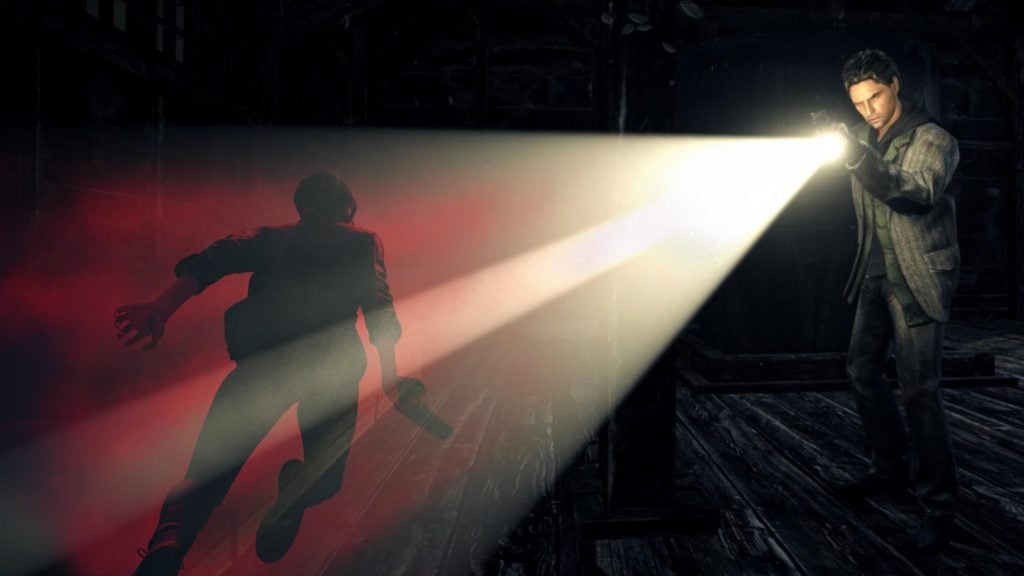
Until now, Remedy has only used Easter eggs to link their titles to one shared universe. As cool as the Max Payne references in Alan Wake may be, they are subtle at best. However, there is no denying how much Alan Wake links itself to Max Payne. From Wake’s novels, through to the manuscript voice-over sharing the same voice actor, Remedy wants people to know the games are linked. Including all of the Max Payne references by proxy of Alan Wake is ingenious. Even so, it is not concrete evidence of a shared universe. However, that all changed when Remedy finally released Control to the world. It finally turned those proxy Easter eggs into a full-fledged shared universe.
Control is a fascinating video game. From the start, protagonist and player-character Jesse Faden throws extremely relatable quips at the player that cements Jesse’s world in reality. A door behind a portrait? That sounds a heck of a lot like “that prison movie with the poster”. Jesse’s thoughts on the portrait and the facility she has entered are great. Her comment about the prison movie with the poster is a direct reference to Stephen King’s Shawshank Redemption. It is also extremely poignant for the game: one where the player joins Jesse as they go through multiple posters to get to the other – supposedly brighter – side.
In terms of the lore within Control, an Altered World Event (AWE) is a phenomenon where a large part of the world, such as a city or a town, becomes enthralled in a paranatural event. This will sometimes happen while the townsfolk it effects are none the wiser. However, some individuals like Alan Wake, have items of power (objects that resonate with their own frequencies and have their paranatural powers associated with them) to help them out or have natural resistances toward what is happening around them. Throughout Control, the player learns of many Altered World Events. Two of these are very important: The Bright Falls AWE and the Ordinary AWE. These two ultimately showcase how Control holds Remedy’s Shared Universe together. Similarly, Control also introduces the concept of Altered Items and Objects of Power. Altered Items are seemingly ordinary objects, like cups or floppy disks, that possess unique traits making them either special or very dangerous.
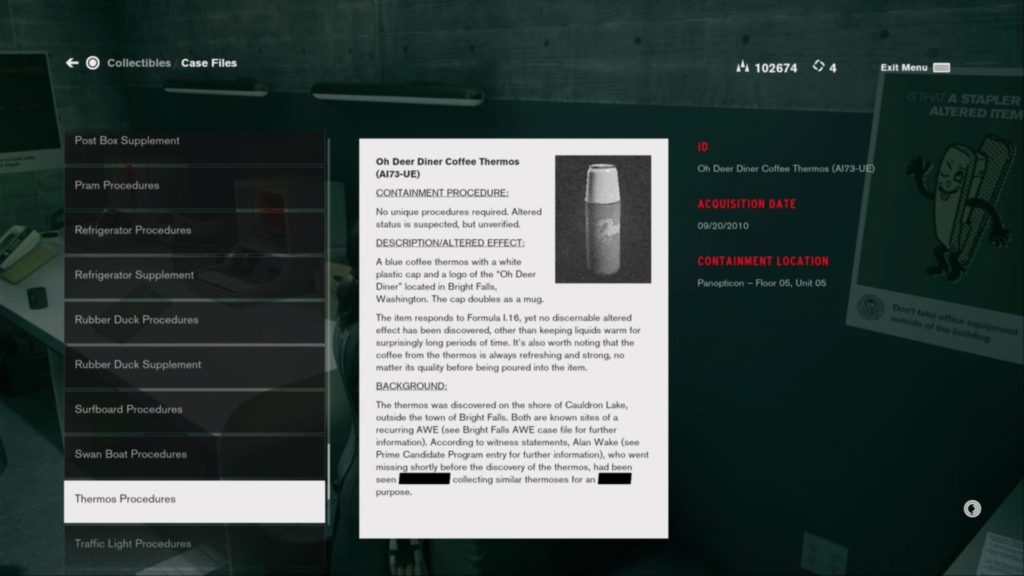
Control takes place in the middle of New York, with no real and tangible way for the player to travel to either Bright Falls or Ordinary – the settings of Alan Wake and the “ground zero-incident” that started Jesse’s journey, respectively. However, as Jesse travels through the Oldest House (the building that houses the FBC), more and more evidence for both the Alan Wake incident and the ground zero-incident begins to pile up. The very first real clues come by way of the Coffee Thermos Procedures – documents detailing the procedures FBC Agents have to take with the Coffee Thermos. Control describes the Coffee Thermos as an Altered Item. It is blue and its coffee is always “refreshing and strong, no matter its quality before being poured into the item”. The document details how it was found in Bright Falls, Washington.
Further documentation found by players also goes on to describe other Altered Items and Objects of Power found in Bright Falls. These include The Clicker, an object Alan wrote into existence confirming his supernatural abilities; and the character Thomas Zane. Altered Items are always drawn toward people with supernatural abilities. In Control, players find out that Prime Candidates are extraordinary people with supernatural acumen. Prime Candidates enter the program for the Bureau to see who is the best candidate for the next position as Director of the FBC. Dylan Faden was Candidate P6, while Jesse Faden turned out to be Candidate P7. A bit of sleuthing through the Containment level further reveals how Alan Wake was considered to be a potential for the Prime Candidate Program, had he not disappeared during the Bright Falls Incident. For context, the report states how Alan dove into the lake never to be seen again – not long after, however, Bright Falls returned to normal. The Bright Falls AWE report indicates how a monitoring station had been put in place after the events. It infers that Alan managed to reach another plane of existence, colloquially dubbed The Dark Place, where he remains to this day.
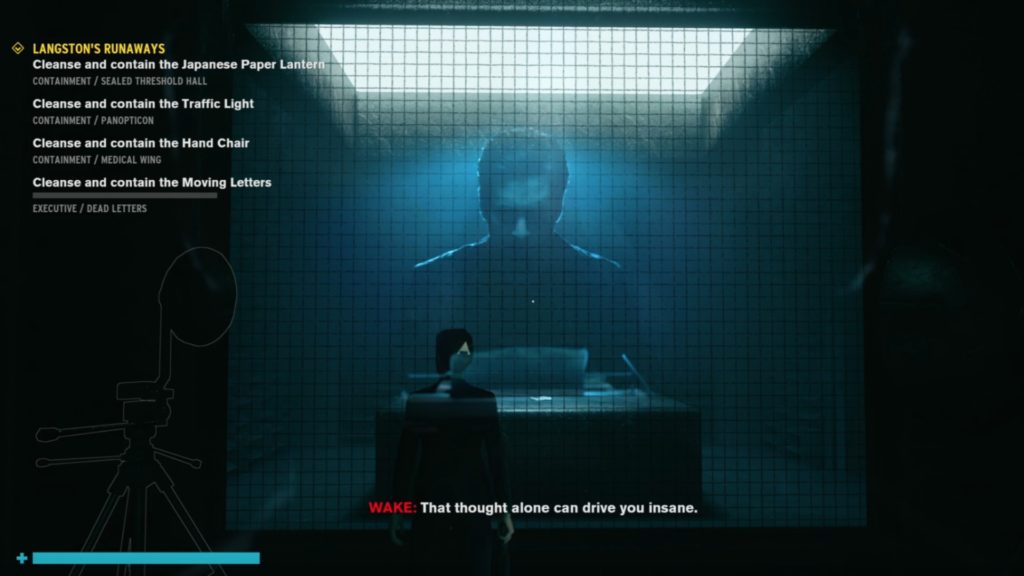
Regarding paranatural beings and parautilitarians, it seems that both Alan Wake and Control are full of them. Early on in Control, players have to collect The Hotline. It is here where the game establishes how former Director Zachariah Trench can communicate with Jesse. Despite being dead, it is suggested that he is trapped in some plane of existence where his consciousness can help Jesse. Throughout the game, Director Trench will communicate with Jesse via one-way messages detailing some of the things she has to do. Thanks to more documentation found in the game, there is evidence the afterlife may be connected to the Dark Place first introduced in Alan Wake. The story of Alan Wake largely centres around finding out Wake’s wife is trapped in this place and it is suggested that is where Alan ends up. Could Trench be in the same place? He could very well be!
The Thermos Procedures document has a lot more useful information than only confirming the existence of Wake and the Thermos. Beyond giving players details on where it was found, the documents also state where the Thermos ended up: Floor 05, Unit 05 of the Panopticon – a place Jesse can visit. When players get there (by using Levitation), the game offers two more pieces of documentation as a reward. One of these items is the Thermos itself (it comes with no other benefit to the player other than counting as a collectable – a true Alan Wake throwback). The other item, however, is a typewritten page. When viewed, it triggers a vision of Alan Wake himself communicating with Jesse from The Dark Place. The way Alan communicates is what is important here: it is exactly the same as the way Trench communicates.
While it is generally believed former Director Zachariah Trench found a way to exist on the Astral Plane after his suicide, Wake’s typewritten page raises a lot of questions: are The Dark Place and the Astral Plane connected? Could The Darkness of Alan Wake be a Threshold event, evolved into the newly formed and renamed Hiss that players come across in Control? The Dark Place of Alan Wake is referred to as a Threshold in the Bright Falls Supplement documentation, but there is no denying that the Hiss comes from an unknown plane of existence and, while red and blocky and not black and greasy, share many similarities with The Darkness. Could there be more than one way to keep your soul from leaving the earth, after your body has died, and did Alan Wake actually die the same way that Trench has? Most importantly, however, is the question of whether this may all be manifestations playing out in a single person’s head. Namely, Thomas Zane’s.
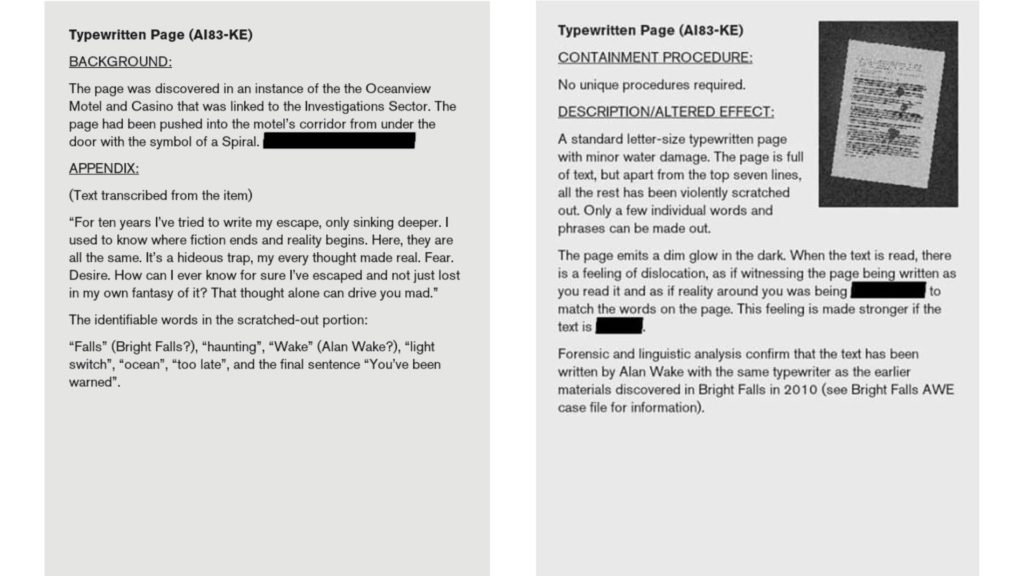
Zane is one of the most important characters in the shared universe, yet hardly ever calls any attention to himself. The reasons for this may be twofold. One: he died long ago – forty years before the Bright Falls incident; two: he rewrote reality and erased himself from existence. While both reasons are valid and can be put together, I split them up because of two simple facts: he is dead, but he is not forgotten… a little plot point that seemingly went by the wayside the moment Alan Wake introduced the narrative about rewriting reality.
In Alan Wake, players find out that Thomas Zane also visited Bright Falls. He stayed in the same house, in the middle of the lake, some forty years before Wake. Throughout the game, it is revealed how Zane was in the same situation as Alan, and ultimately took to writing to fix reality. With this knowledge, Alan takes to his typewriter and starts to write means for himself to fix the situation he has found himself in. While it is never confirmed, typewritten pages and documentation found within the game suggest Thomas Zane is the one who created the Bright Falls AWE in the first place. He essentially wrote Alan Wake into existence and removed himself from it. This has led many fans to create theories on the subject. The most notable being the fact that Zane may be reincarnated in Alan, and that the Bright Falls incident was but one instance where The Darkness may have prevailed. If he did manage to write himself out of existence, however, why is it that some people still know of him? Moreover, why is it that his collections could still be found throughout Alan Wake?
Thomas Zane is a poet and a fantasy author who exists in both Alan Wake and Control. In Control, the player can find an audio recording called Jesse Therapy: Polaris. In this recording, Jesse talks about a poem written by Zane. She quotes, “Beyond the shadow, you settle for, there is a miracle illuminated”. She states that it is a quote from Alan Wake, and attributed to Thomas Zane. The therapist, however, claims that a poet called Thomas Zane never existed. This is curious, considering Jesse seems to know of Zane, but seemingly “normal” people do not.
”His name was Mr Door, and he told me that there are many worlds – side-by-side, on top of each other, some inside of others”
Dylan Faden (Control)
While The Dark Place and the Astral Plane may be linked, it is hard to imagine how and why Thomas Zane’s existence (or lack thereof) may be a point of contention in Control. That is until you take into account something else that Dylan Faden says. After Jesse found and brought her brother down to a more convenient location, Dylan started having dreams. When the player interacts with Dylan, he will start talking about one of his dreams.
Due to Altered World Events and what Control tells us about Threshold events, we can safely deduce that the multiverse is not as stable as we would like it to be. This much is evident by the fact that Dylan actively dreams about other worlds. It is also evident by the very nature of the Hiss, and what players are told about it: a paranatural entity possibly from a different plane of existence, wanting to take control and make this plane it’s own.
During his talks with Jesse, Dylan further explains Mr Door, who shows him other realities. One, in which a writer creates stories about a cop. Another in which the cop is real. From what we know of Alan Wake, Thomas Zane and Wake are both trapped in The Dark Place. In Control, we can safely surmise that Zachariah Trench is trapped in a different Plane of existence – possibly the Astral Plane, possibly somewhere else entirely. Could this all have been Thomas Zane’s doing? There is evidence that may or may not prove this to be true. Another one of Dylan’s musings offer this: “Maybe it’s all a dream”, followed by a very ominous statement, “Maybe it’s all real”.
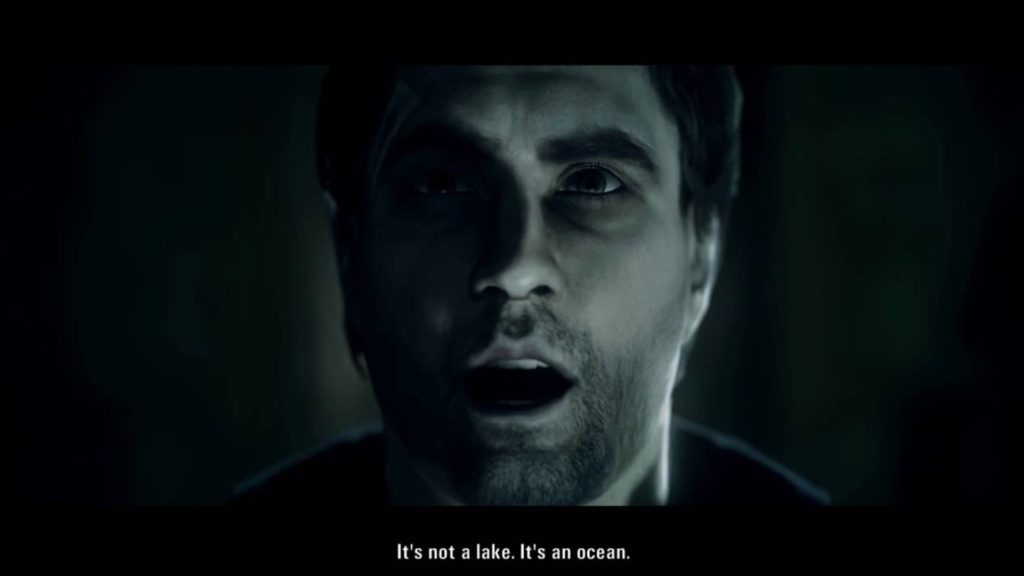
Dylan’s quote particularly close to what Alan Wake says as his titular game comes to a close. The line, “It’s not a lake” followed by the ominous statement “It’s an ocean” – before fading the gaming experience to black and leaving players with the insatiable desire for more. For years now, players have wondered what this meant, and Control may finally have the answer. Remedy video games are all written to leave a lot for the imagination. While they explain an extraordinary amount of facets many franchises would leave up to trivialities, they still leave so many unanswered questions for debate. The biggest of them is exactly where Jesse and Dylan Faden fit into all of this. While Control shows us how Jesse becomes the Director of the Federal Bureau of Control, it also shows how Dylan was a potential candidate. Furthermore, players also learn very little of Ordinary, why it is called Ground Zero, and what exactly happened to Jesse and Dylan in their youth. Players are told that they were split when they were younger, after finding Polaris, but could it be something else entirely?
One of Dylan’s musings relates to how both of them carry unisex names. And how, in one of his dreams, his name was Jesse Dylan Faden. His dream tells of how he was an only child, inferring that reality exists where they were split from a single being – this would explain his unstable nature versus Jesse’s abnormally calm nature. However, what exactly is it that Mr Door showed him/her/them? The biggest clue lies in Thomas Zane and the fact that no one seems to know of his existence, besides Jesse.
Whether this clue will pan out and give us answers is still a mystery – one best laid untouched until we have all played through the upcoming expansion for Control, titled AWE. Naturally, AWE is short for Altered World Event, and we know the expansion will go further into specific AWEs from the FBC’s past. However, what is of note is that the promotional image for AWE has Alan Wake on the front. Could this be the Alan Wake Expansion (read: sequel) we have all been asking for? I suppose there is a reality out there where it is.
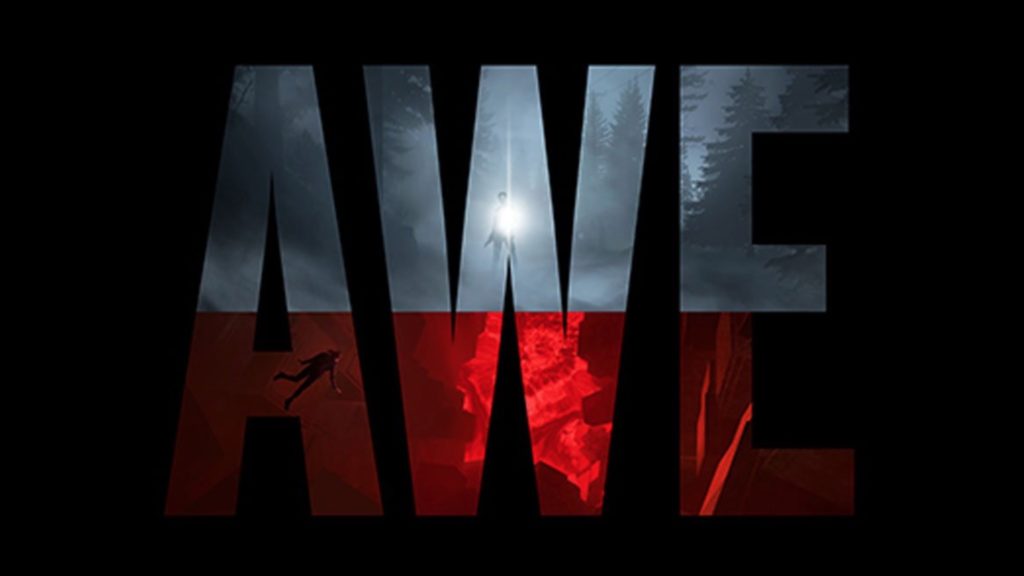
As with all things Remedy, answers are never easy to find. What happened to Alan Wake? Where is Thomas Zane? Is Max Payne just a figment of Alan’s imagination, or did Thomas Zane conjure it all into existence, only for the Federal Bureau of Control to mess it up? While it all began as a tiny lake, with cute easter eggs between two games, it has become a deep ocean, where answers are waiting to be found in its shadowy depths.
This is the beauty of Control. It may be its own game, but it also holds it all together.
Sources: Dread Central; FANDOM (1)(2)(3)(4)(5)(6); Inverse, PlayStation Lifestyle
Junior Editor at Vamers. From Superman to Ironman; Bill Rizer to Sam Fisher and everything in-between, Edward loves it all. He is a Bachelor of Arts student and English Major specialising in Language and Literature. He is an avid writer and casual social networker with a flare for all things tech related.

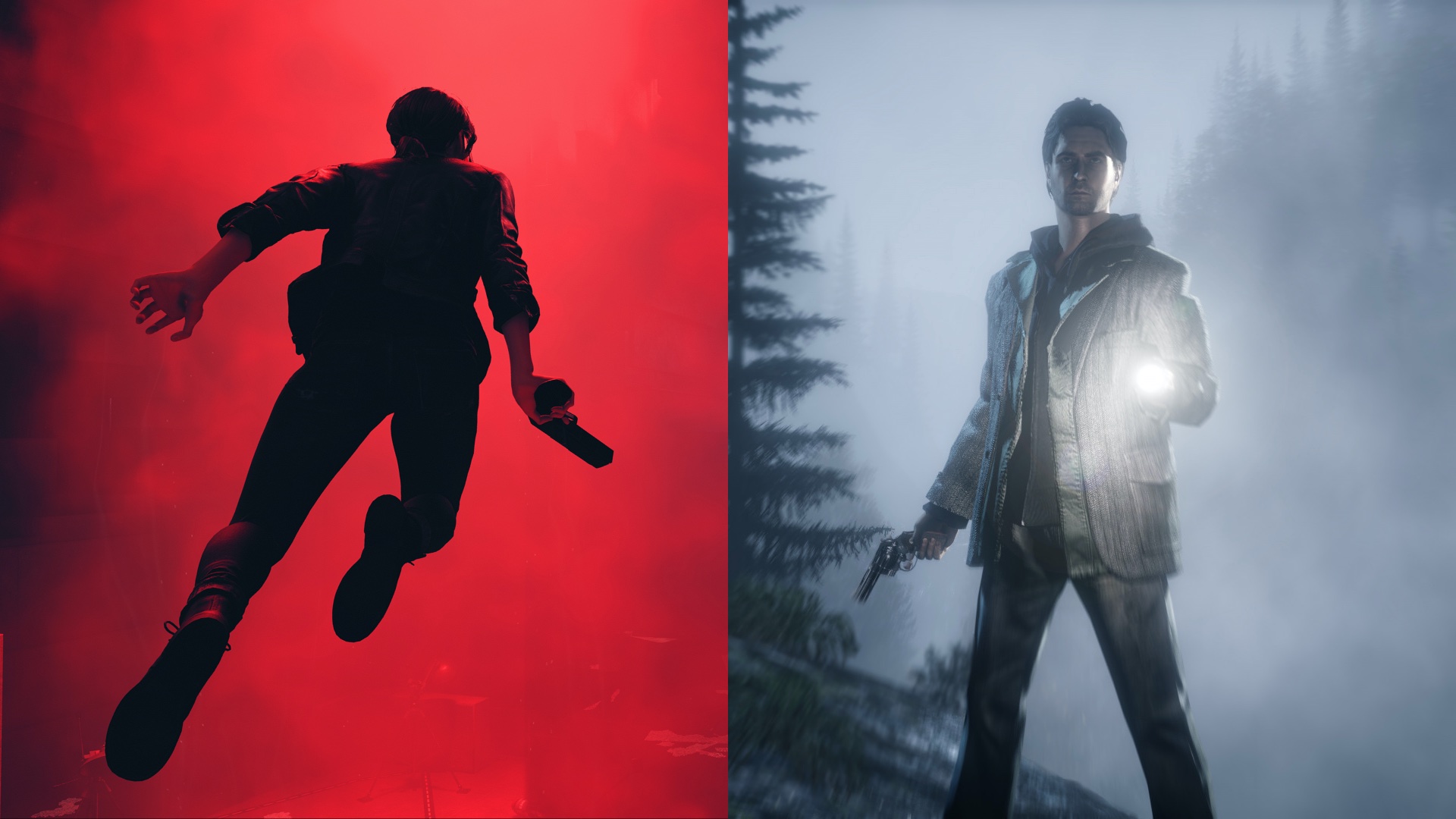






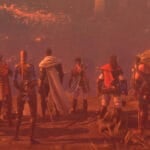


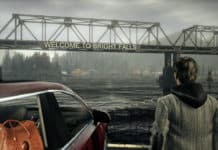

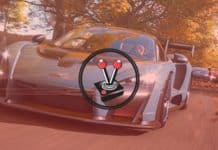

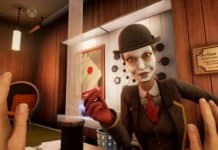


![1-Month Game Pass Deal for only R5 [First Time Sign Up Only]](https://vamers.com/wp-content/uploads/2018/06/Vamers-Gaming-1-Month-of-Game-Pass-for-only-R5-First-Time-Sign-Up-Only-3-218x150.jpg)
![Sea of Thieves is like tasty grog: good, even with a hangover [REVIEW]](https://vamers.com/wp-content/uploads/2018/04/Vamers-Gaming-Sea-of-Thieves-is-like-tasty-grog-good-even-with-a-hangover-REVIEW-Banner-218x150.jpg)
